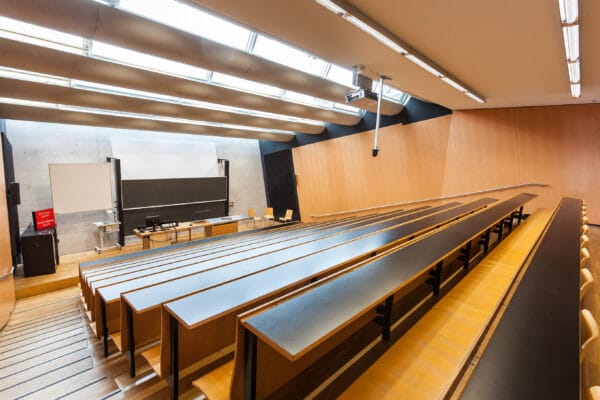
NAME:
SOWI - HS 3
BUILDING:
SOWI
FLOOR:
0
TYPE:
Lecture Hall
CAPACITY:
140
ACCESS:
Only Participants
EQUIPMENT:
Beamer, PC, WLAN (Eduroam), Overhead, Blackboard, Sound System, Microphones, Handicapped Accessible
It has been shown that the climate crisis is leading to an increase in both the frequency and magnitude of rock slope failures in high mountain rock walls due to permafrost degradation, sometimes compounded by glacier debuttressing. However, the physical processes associated with permafrost degradation remain poorly understood. This presentation examines ten or so major events that occurred in the French Alps during the autumn of 2024. These events ranged from a 16,000 m³ rockfall on September 10th at Aiguille de Mesure (2812 m a.s.l.) in the Aiguilles Rouges massif – where such events had been rare or even unheard of for the past 10,000 years – to the rock avalanche on November 17th at Mont Pourri (3423 m a.s.l.) in the Vanoise massif, which involved 700,000 m³ of rock, making it the largest documented event in recent decades in a permafrost context in the French Alps. Temperatures recorded at various boreholes, 10 to 20 m deep, in the Mont-Blanc and Vanoise massifs offer insight into this unprecedented autumn sequence. The active layer on the north and northwest faces of Aiguille du Midi (3842 m a.s.l.) was the deepest ever recorded. At a depth of 20 m in the north face of Grande Motte (3653 m a.s.l.), unlike previous years when temperatures cooled by 0.05 to 0.1°C between June and October, 2024 saw no cooling at all. Instead, there was a plateau in temperature, which rose by almost 0.2°C within a single year.

We and use cookies and other tracking technologies to improve your experience on our website. We may store and/or access information on a device and process personal data, such as your IP address and browsing data, for personalised advertising and content, advertising and content measurement, audience research and services development. Additionally, we may utilize precise geolocation data and identification through device scanning.
Please note that your consent will be valid across all our subdomains. You can change or withdraw your consent at any time by clicking the “Consent Preferences” button at the bottom of your screen. We respect your choices and are committed to providing you with a transparent and secure browsing experience.